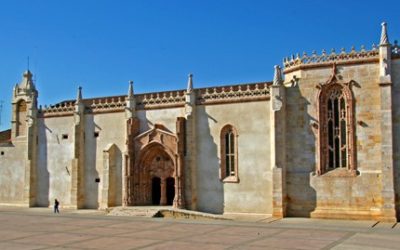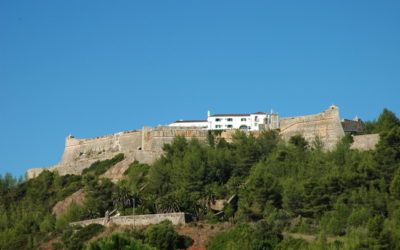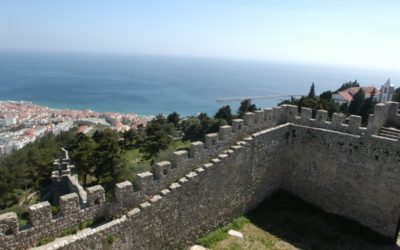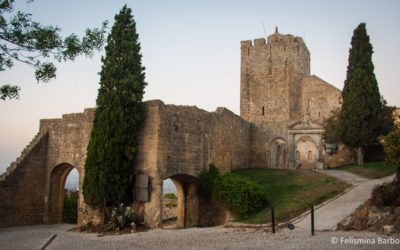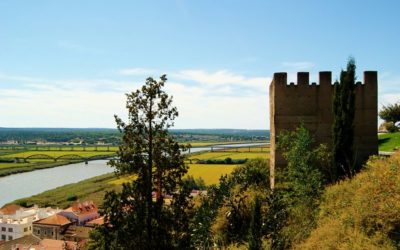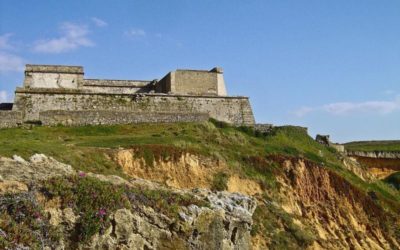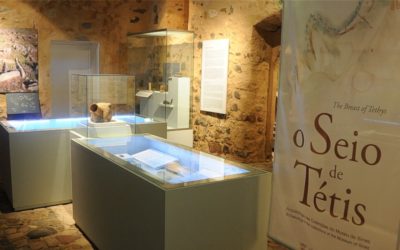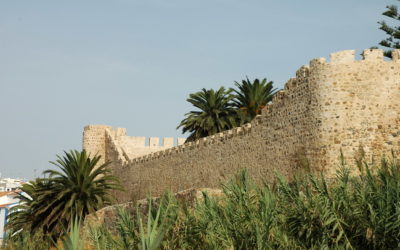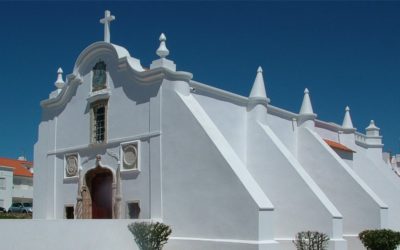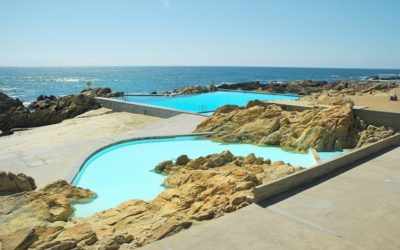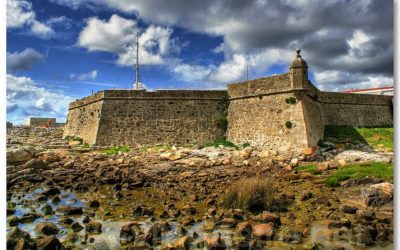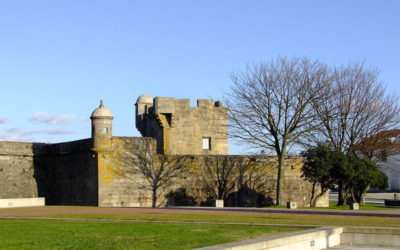Monastery of Jesus
In the Largo de Jesus, in the heart of Setúbal’s historic centre, there is the Convent after which the square was named. It was built on the initiative of Justa Rodrigues Pereira, lover of king Manuel I, by collecting a group of Franciscan nuns from the Order of Saint Claire. The project was designed by […]
